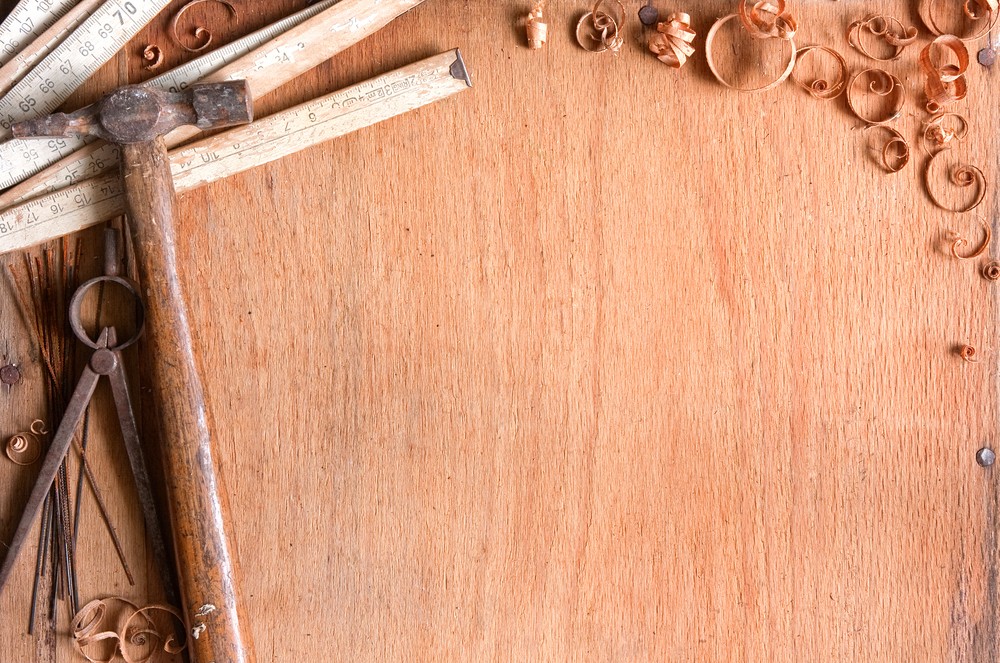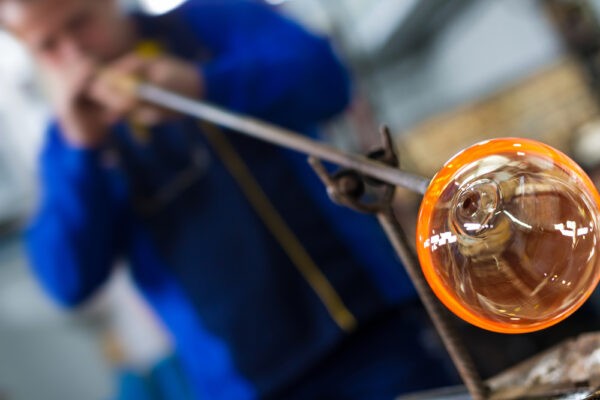Manufacturing’s Origins: 7 Ancient Modes of Production

The world is in the middle of its Fourth Industrial Revolution. It’s a period marked by generative AI, digital twins, the Industrial Internet of Things (IIoT), and numerous other automated digital technologies. These innovations have given rise to numerous advancements in manufacturing: additive manufacturing (3D printing), fully automated production lines, refined value-stream mapping, and much more. Still, we’re on only the cusp of what’s to come.
Despite the rapid march of digitization, some of the world’s most ancient manufacturing techniques continue to stand the test of time. Here are seven of the oldest manufacturing methods — with origins stretching back thousands of years — still in use today:
Stone tool knapping
The earliest evidence of manufacturing comes from around 2.5 million years ago, with the Oldowan industry of stone toolmaking. This involved using a hammerstone to knap sharp flakes from a core of hard stone, creating tools for chopping, scraping, and piercing. Modern surgeons still use precisely chipped blades in delicate procedures, echoing the ancient technique.
Flintknapping
A more refined technique of stone toolmaking developed later, involving the use of a soft hammer and pressure flaking to create more intricate and delicate tools. This method was used by early humans around the world until the introduction of metalworking. Traditional arrowhead makers preserve the skill, while archaeologists use replica tools to understand past technologies.

Pottery
The creation of fired clay vessels dates back to around 12,000 years ago. Early pottery was made by hand-coiling clay and firing it in open fires or simple kilns. This method is still used today by traditional potters. Artisanal potters keep the craft alive, while mass production uses similar principles for ceramic tiles and sanitaryware.
Basket weaving
Weaving plant fibers into baskets and other containers is another ancient craft, dating back at least 8,000 years. This method uses simple tools and techniques to create strong and versatile containers for a variety of purposes. Artisans weave beautiful baskets, while furniture makers use industrial weaving for wicker chairs and other items.
Textile weaving
Textile weaving is thought to have originated around 12,000 years ago. Early looms were simple frames used to hold warp threads (lengthwise threads) taut while the weft threads (crosswise threads) were woven through them. This method has evolved over time — modern looms are automated — but the core process of interlacing threads to produce textiles for clothing, carpets, and much more has never changed.
Metal casting
The ability to melt and cast metal dates back to around 5,000 years ago. Early casting methods involved pouring molten metal into molds made of sand, clay, or stone. This method is still used today for a variety of metals, including iron, bronze, and aluminum.

Glassblowing
The art of glassblowing, in which molten glass is inflated and shaped with a blowpipe, dates back to around 3,500 years ago. This craft is still practiced to create a wide variety of glass objects, from simple drinking glasses to elaborate sculptures. Skilled artisans create unique glassware, while mass production uses the technique for bottles, lightbulbs, and other objects.
In many ways, manufacturers are still artisans. While modern manufacturing has evolved to approach these modes of production differently, they’ve remained active and valuable around the world for producing a variety of goods.
